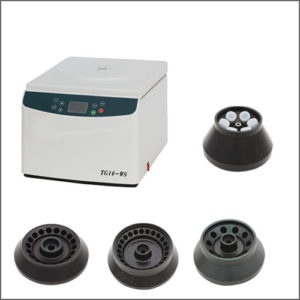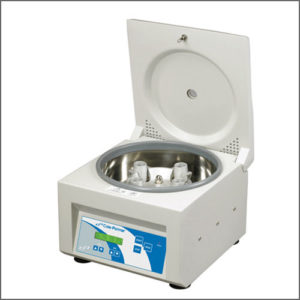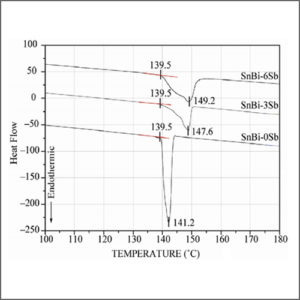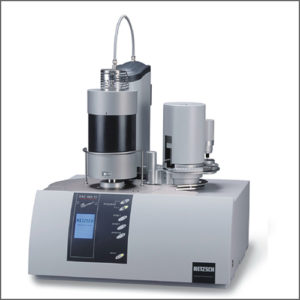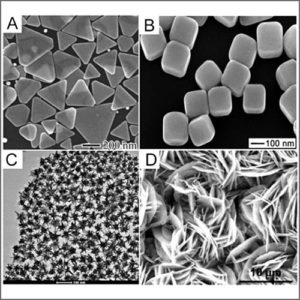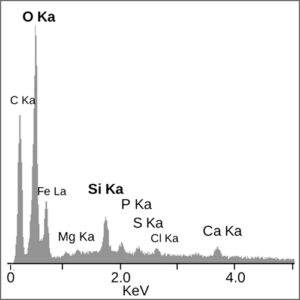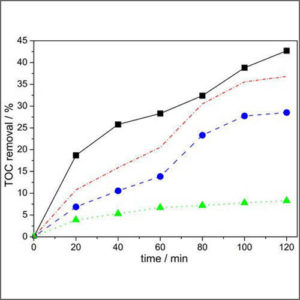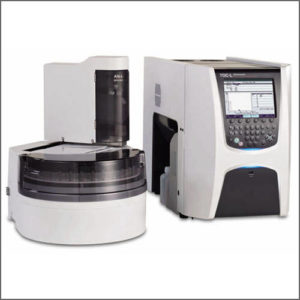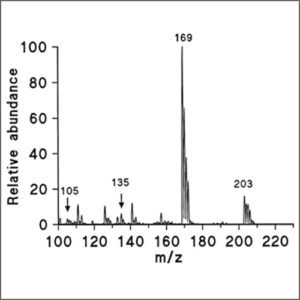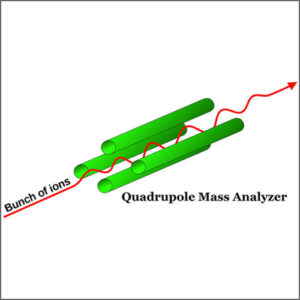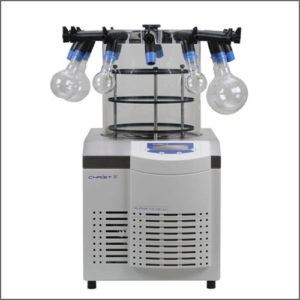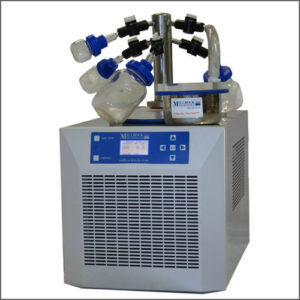High-Speed Centrifuge
High-speed centrifuge is a method widely used to separate two immiscible substances involving the application of the centripetal force.
- Description
|
Testing Method |
High-Speed Centrifuge |
|
Description |
High-speed centrifuge is a process which involves the application of the centripetal force for the sedimentation of heterogeneous mixtures with a centrifuge, and is used in industrial and laboratory settings. This process is used to separate two immiscible substances, but also to analyse the hydrodynamic properties of macromolecules. More-dense components of the mixture migrate away from the axis of the centrifuge, while less-dense components of the mixture migrate towards the axis. Chemists and biologists may increase the effective gravitational force on a test tube so as to more rapidly and completely cause the precipitate (pellet) to gather on the bottom of the tube. The remaining solution (supernatant) may be discarded with a pipette.
There is a correlation between the size and density of a particle and the rate that the particle separates from a heterogeneous mixture, when the only force applied is that of gravity. The larger the size and the larger the density of the particles, the faster they separate from the mixture. By applying a larger effective gravitational force to the mixture, like a centrifuge does, the separation of the particles is accelerated. This is ideal in industrial and lab settings because particles that would naturally separate over a long period of time can be separated in much less time.
The rate of centrifugation is specified by the angular velocity usually expressed as revolutions per minute (RPM), or acceleration expressed as g. The conversion factor between RPM and g depends on the radius of the centrifuge rotor. The particles’ settling velocity in centrifugation is a function of their size and shape, centrifugal acceleration, the volume fraction of solids present, the density difference between the particle and the liquid, and the viscosity. The most common application is the separation of solid from highly concentrated suspensions, which is used in the treatment of sewage sludges for dewatering where less consistent sediment is produced. |
|
More Information |
Wikipedia: Centrifugation |

